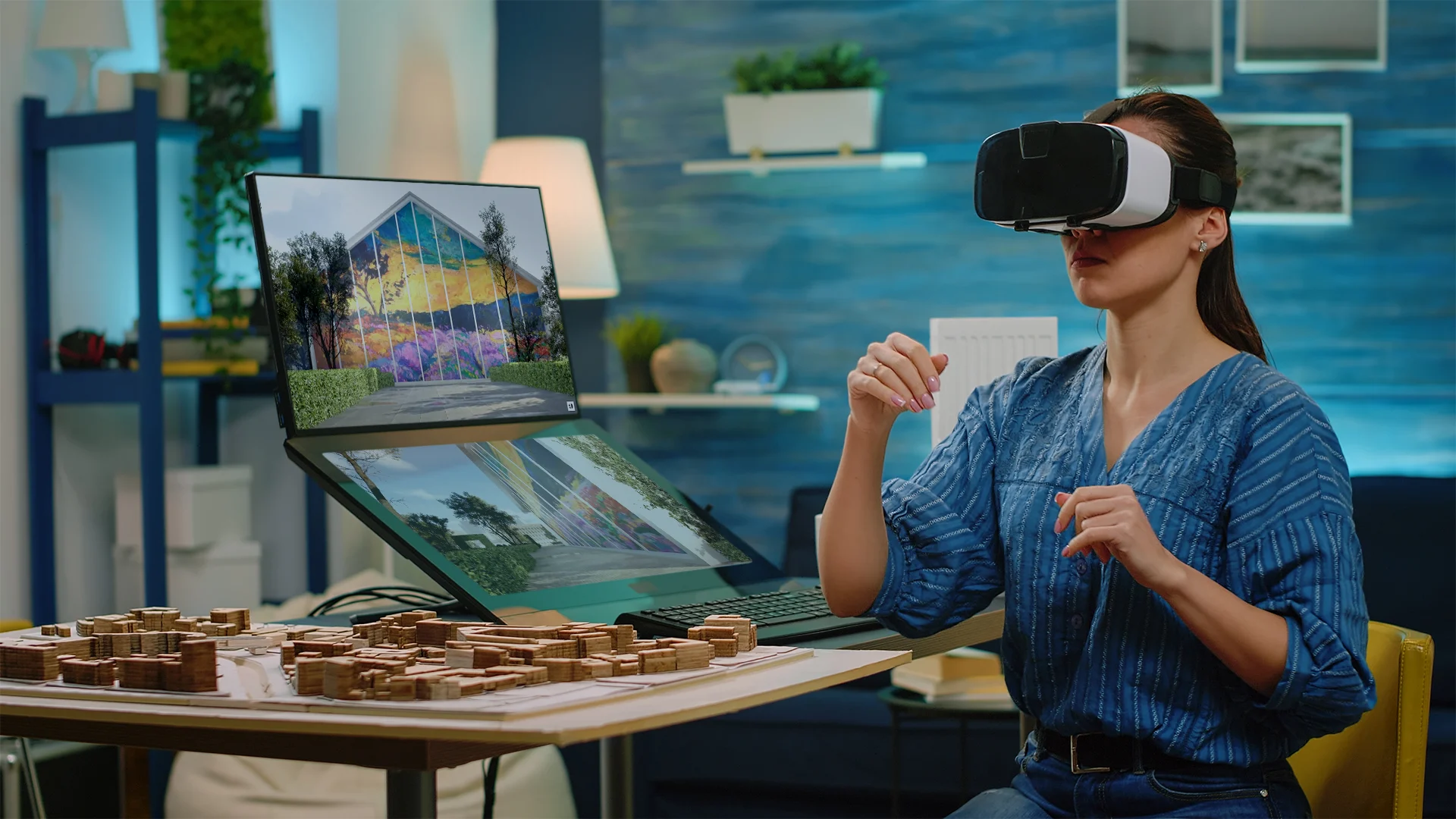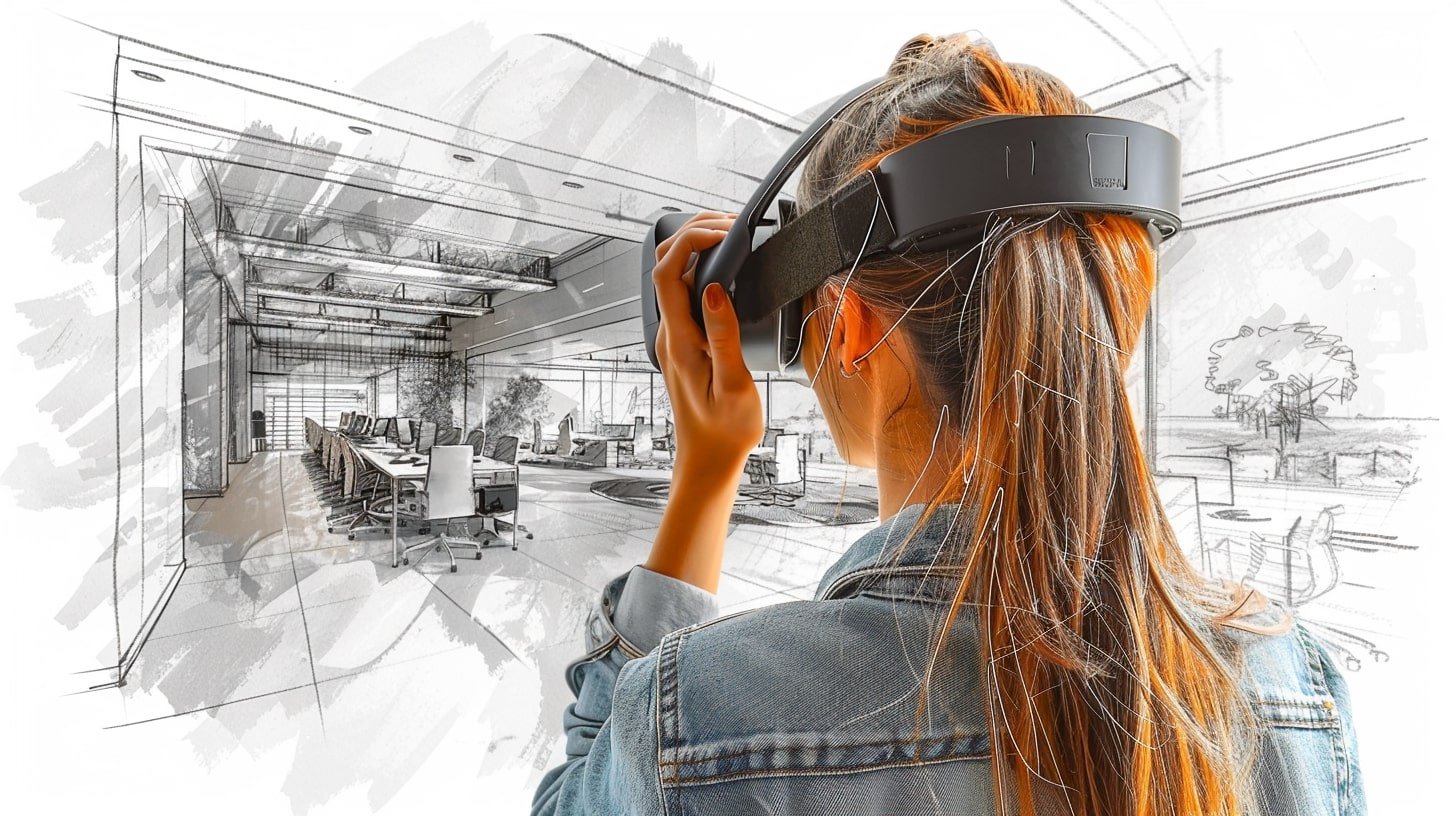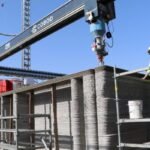Enhancing Architectural Experiences with VR and AR
- By -Peter
- Posted on
- Posted in Modern Architecture
Virtual Reality (VR) and Augmented Reality (AR) have transformed how we experience architecture, offering immersive tools that bridge the gap between envisioning and reality. Here’s how these technologies are reshaping the architectural landscape:
Understanding VR and AR in Architecture
VR and AR technologies simulate real-world environments or overlay digital information onto physical spaces, respectively. In architecture, VR allows users to navigate and interact with virtual buildings and spaces, providing a realistic sense of scale and design.
Benefits of VR and AR in Architectural Design
- Design Visualization: Architects can create virtual models of buildings, enabling clients to explore spaces before construction begins. This visualization enhances communication and understanding between stakeholders.
- Interactive Walkthroughs: VR allows for interactive walkthroughs where users can explore every detail of a building—enter rooms, adjust layouts, and experience different lighting conditions—providing a comprehensive view of the design.
- Collaborative Design: AR facilitates real-time collaboration by overlaying digital models onto physical environments. Teams can visualize changes, test design ideas, and make informed decisions, enhancing workflow efficiency.

Implementing VR and AR in Architectural Practice
- Software and Tools: Use specialized software like Autodesk Revit, Unity, or Unreal Engine to create and visualize architectural models in VR or AR environments.
- Hardware Requirements: VR headsets, such as Oculus Rift or HTC Vive, deliver immersive experiences, while AR apps on smartphones or tablets overlay digital models onto real-world spaces.
- Client Presentations: Present architectural proposals in VR to clients, offering them a firsthand experience of the design’s look and feel, fostering better decision-making and investment confidence.
Future Trends and Challenges
- Advancements in Technology: Continued advancements in VR and AR technology, such as improved graphics, haptic feedback, and integration with AI, promise even more realistic and interactive architectural experiences.
- User Experience and Accessibility: Addressing challenges like motion sickness in VR or ensuring AR applications are user-friendly will be crucial for widespread adoption and acceptance.
Conclusion
VR and AR technologies are not just tools for architects but gateways to transformative architectural experiences. By embracing these technologies, architects can create more innovative designs, engage clients and communities more effectively, and push the boundaries of what’s possible in architectural exploration and visualization. As these technologies continue to evolve, they promise to redefine how we perceive, design, and interact with the built environment.



